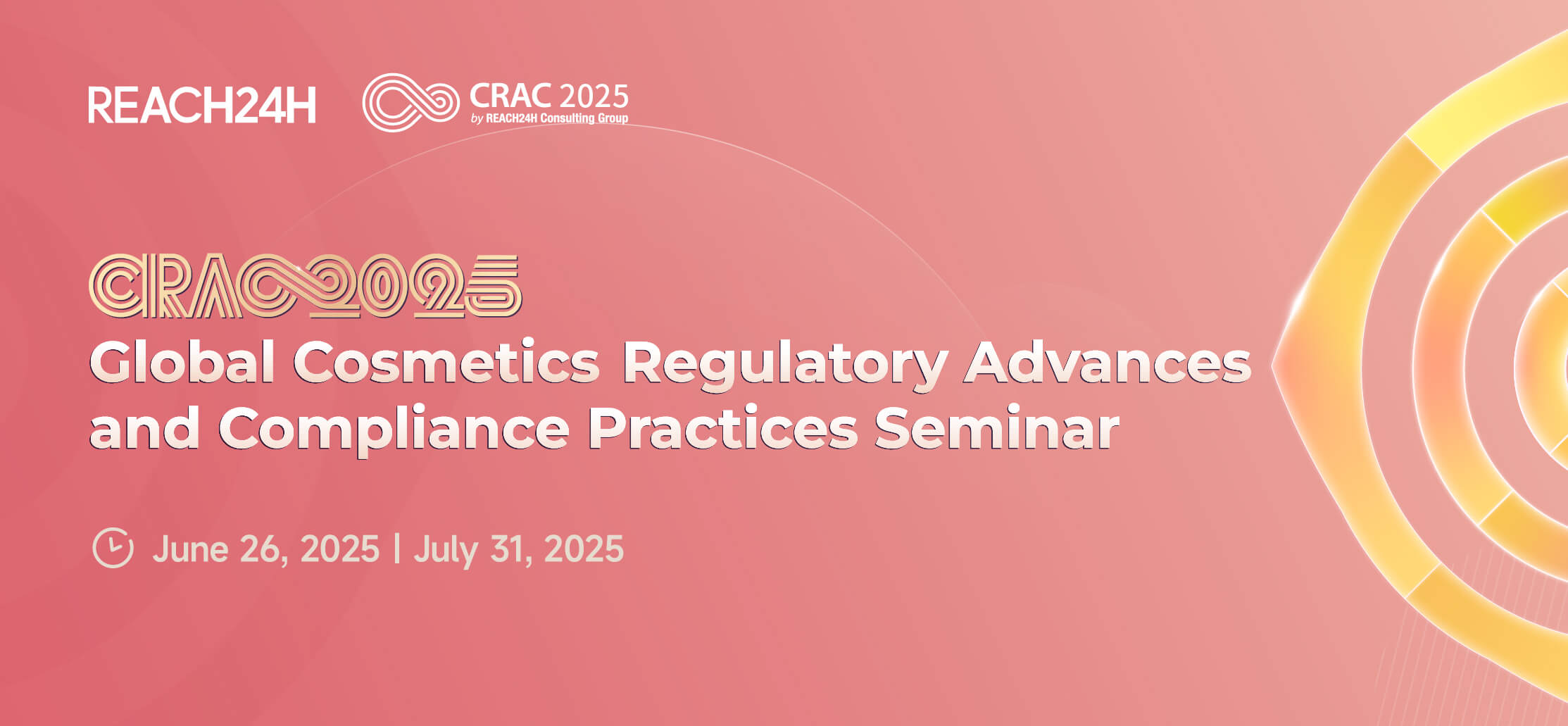As the demand for clean beauty and natural-origin cosmetic ingredients continues to grow, many companies are exploring food-derived substances as cosmetic Ingredients. One crucial factor in regulatory approval, particularly for new cosmetic ingredients, is establishing a history of safe use. But how can companies gather this evidence, and what should they focus on during the application process?
This article offers a practical guide to identifying and verifying the history of safe use across global markets, helping regulatory professionals and formulators understand how to leverage food-origin data for cosmetic compliance.
What Does "History of Safe Use" Mean?
Generally, this term refers to a substance that has been safely consumed by humans for an extended period, often decades, under normal dietary conditions. This historical use is a strong indicator of low toxicity and overall safety, supporting its use in non-food applications, such as cosmeticsDifferent countries and regions define and evaluate this concept in varying ways.
Regulatory Approaches in China
China recognizes multiple categories of food-related materials that can be used to demonstrate a history of safe consumption:
- Traditional food ingredients – substances that have been commonly consumed for over 30 years within a specific region.
- New food materials – substances without historical consumption, including new strains of microorganisms, extracts, or compounds obtained through novel processes.
- Dual-purpose Food-medicine – substances listed by Chinese health authorities as both food and traditional medicine.
- Food-grade microorganisms – those verified by government-issued lists.
- Food additives – substances regulated under national standards, such as GB 2760-2014.
When using Chinese data, it is essential to confirm the material's processing method, purity, and compliance with food-grade standards.
Regulatory Approaches in the European Union
In the EU, the European Food Safety Authority (EFSA) defines “novel food” as a substance that was not widely consumed before May 15, 1997.For non-EU traditional foods (e.g., herbs or extracts used in Asia or Africa), companies must demonstrate:
- At least 25 years of widespread consumption in a third country.
- Safety data that supports the ingredient’s proposed cosmetic use.
Approved novel foods are listed under Regulation (EU) 2017/2470, which includes purity requirements and specific usage conditions.
Regulatory Approaches in the United States
The U.S. does not use a “novel food” framework. Instead, the FDA’s GRAS (Generally Recognized as Safe) system is key:
- A substance is considered GRAS if qualified experts agree on its safety based on scientific evidence or widespread consumption prior to January 1, 1958.
- GRAS status can be self-affirmed or submitted to the FDA for notification.
Dietary history must be well-documented and consistent with the form and processing method of the ingredient as used in cosmetics.
Regulatory Approaches in Australia & New Zealand
The FSANZ (Food Standards Australia New Zealand) defines “non-traditional foods” as those with less than 20 years of widespread dietary use.To gain approval as a food ingredient—and potentially support use in cosmetics—evidence must demonstrate:
- Long-standing safe use.
- Clear consumption purposes and quantities.
- Data listed under Standard 1.5.1 and other regulatory frameworks.
WHO & FAO (Global Standards)
Internationally, the Codex Alimentarius Commission, co-sponsored by the WHO and FAO, provides a globally recognized set of food safety and quality standards. Two key references include:
- General Standard for Food Additives (GSFA) – Codex STAN 192-1995.
- Classification of Food and Animal Feed – CAC/MISC 4-1989.
Codex standards can serve as supplementary evidence, especially for cross-border regulatory submissions.
Practical Tips for Collecting Dietary History Evidence
Ensure consistency
The ingredients used in food must match the cosmetic version in origin, processing, purity, and form.
Evaluate evidence strength
Government-published lists, national standards, and long-term consumption studies carry more regulatory weight than anecdotal or low-quality sources.
Document processing methods
Be ready to explain how the ingredient is prepared and whether this differs from its traditional food use.
Analyze exposure levels
Food and cosmetic exposure scenarios differ. Adjust risk assessments accordingly—just because something is safe to eat doesn’t mean it’s safe for skin contact.
Clarify legal distinctions
Remember: cosmetics and food are subject to separate laws and safety standards. There is no such thing as a “food-grade cosmetic.”
Compliance Reminder
Before submitting a new cosmetic ingredient based on the history of safe use, confirm:
- The ingredient’s classification under relevant food laws.
- The completeness and traceability of safety data.
- Its alignment with national cosmetic regulations, including permissible functions and usage levels.
Final Thoughts
Using ingredients with a history of safe use can streamline regulatory approval and provide a strong safety profile. However, it requires accurate documentation, careful comparison with regulatory standards, and clear exposure analysis.At REACH24H, our cosmetic regulatory experts help you navigate this process with confidence, offering everything from technical reviews to submission support across global markets. Please feel free to contact us at customer@reach24h.com.





